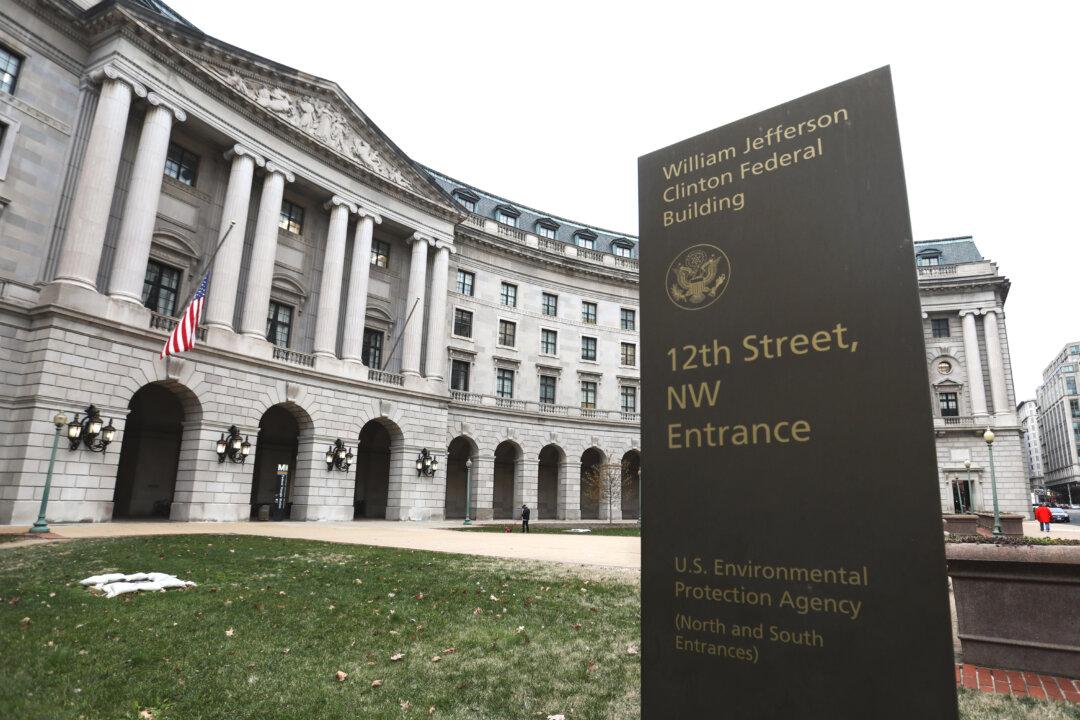Commentary
The federal bureaucracies, “the swamp,” the administrative state, the unelected petty tyrants embedded in the executive branch of the federal government—call it what you will. I’ll call it the regulatory state. The regulatory state is on the verge of putting an end to a free and prosperous United States of America. The enormous costs of the regulatory state are both economic and political.





